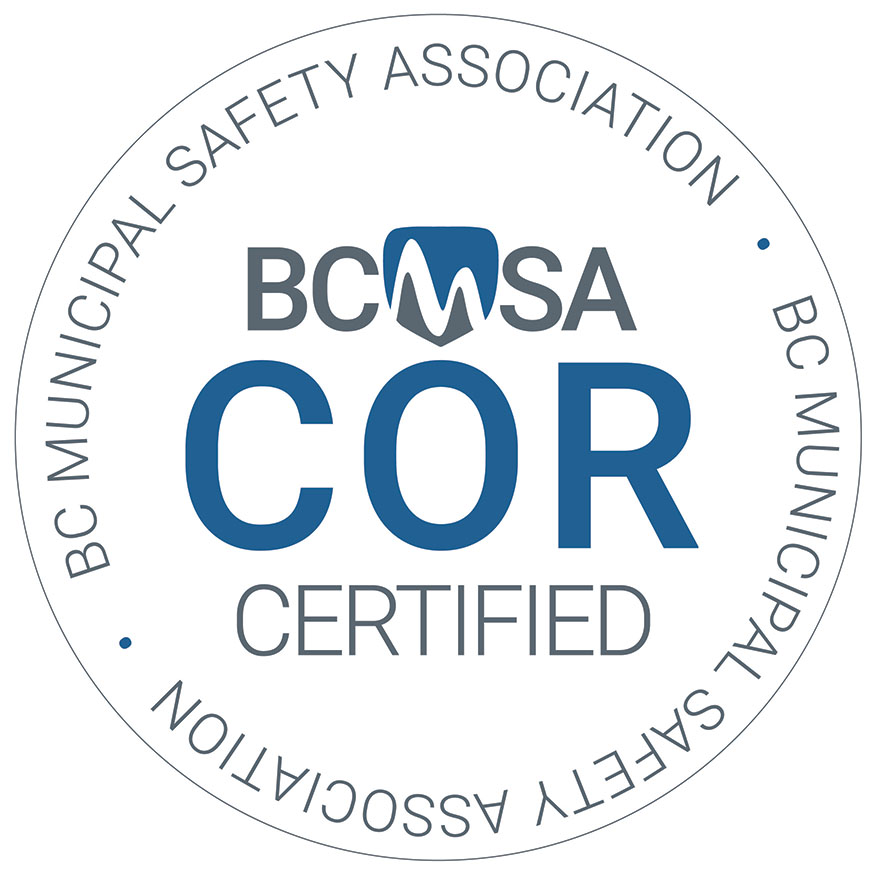Down syndrome conference presentation examines applied behaviour analysis
Lisa Bailey
Behaviour analyst Katie Allen and behaviour consultant Kathryn De Lisser recently shared a treatment strategy with approximately 40 parents that can enhance the lives of their children who have Down syndrome.
Katie, who provides clinical support to posAbilities, describes the tone of the room as “very excited” after she and Kathryn presented a case study in toilet training utilizing applied behaviour analysis (ABA).
The case study focused on a five-year-old with Down syndrome who is supported by Kathryn and posAbilities’ Laurel Behaviour Support Services. Through ABA, the child was toilet trained within eight hours.
Noting she and Kathryn presented data supporting their study, Katie says it was “very encouraging” to parents to not only learn of this rapid toilet training technique to address a common challenge but also to “see the evidence that it had worked.”
“They were very uplifted,” Katie says, adding she’s communicated with a number of the parents via e-mail who have tried the technique. She hasn’t heard any results yet but says its success has been well documented for years.
The May 21 presentation at the 2011 Canadian Down Syndrome Society’s annual conference in Richmond was a first for Katie. She often discusses ABA at autism-focused events.
“What’s interesting is that the science and type of treatment I provide is based on a behavioural model which theoretically can work with anyone, but in British Columbia, it is mostly used with individuals who have autism,” she says.
Katie says presenting at the conference was “a great way to highlight the fact that applied behaviour analysis can help individuals with Down syndrome as much as it can help individuals with autism.
“I think it was a great bridge between those two populations,” she says.
Components of ABA make it effective for teaching life skills such as toilet training to individuals who have developmental disabilities, Katie says.
Repetition, for example, is key to learning with this systematic and intensive approach.
“It’s very clear what we’re doing,” she says, adding ABA is based on principles of “errorless learning which means that we provide a lot of prompting so that we don’t allow them to make a mistake.”
“And then we teach the right ways to do it,” Katie says.
With toilet training, praise and reinforcement for using the bathroom is emphasized but so are dry periods between trips to the bathroom.
Katie notes that ABA can help children in general. She points to a clinician at Laurel Behaviour Support Services who used it to toilet train her toddler in a day.
Katie says sharing the strategy at the conference then seeing it embraced by parents was gratifying.
“(Toilet training) is something that every individual goes through in their life, and for individuals with developmental disabilities, it can pose a challenge,” she says.
“It’s always nice to show somebody that there’s a light at the end of the tunnel or another option. I think this is something that was daunting for a lot of them and to make it a little bit easier was nice.”
If you have a story to share or feedback on this article, please contact the newsroom at 800-294-0051, ext. 25, or e-mail lisa(at)axiomnews.ca.










